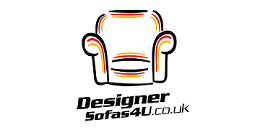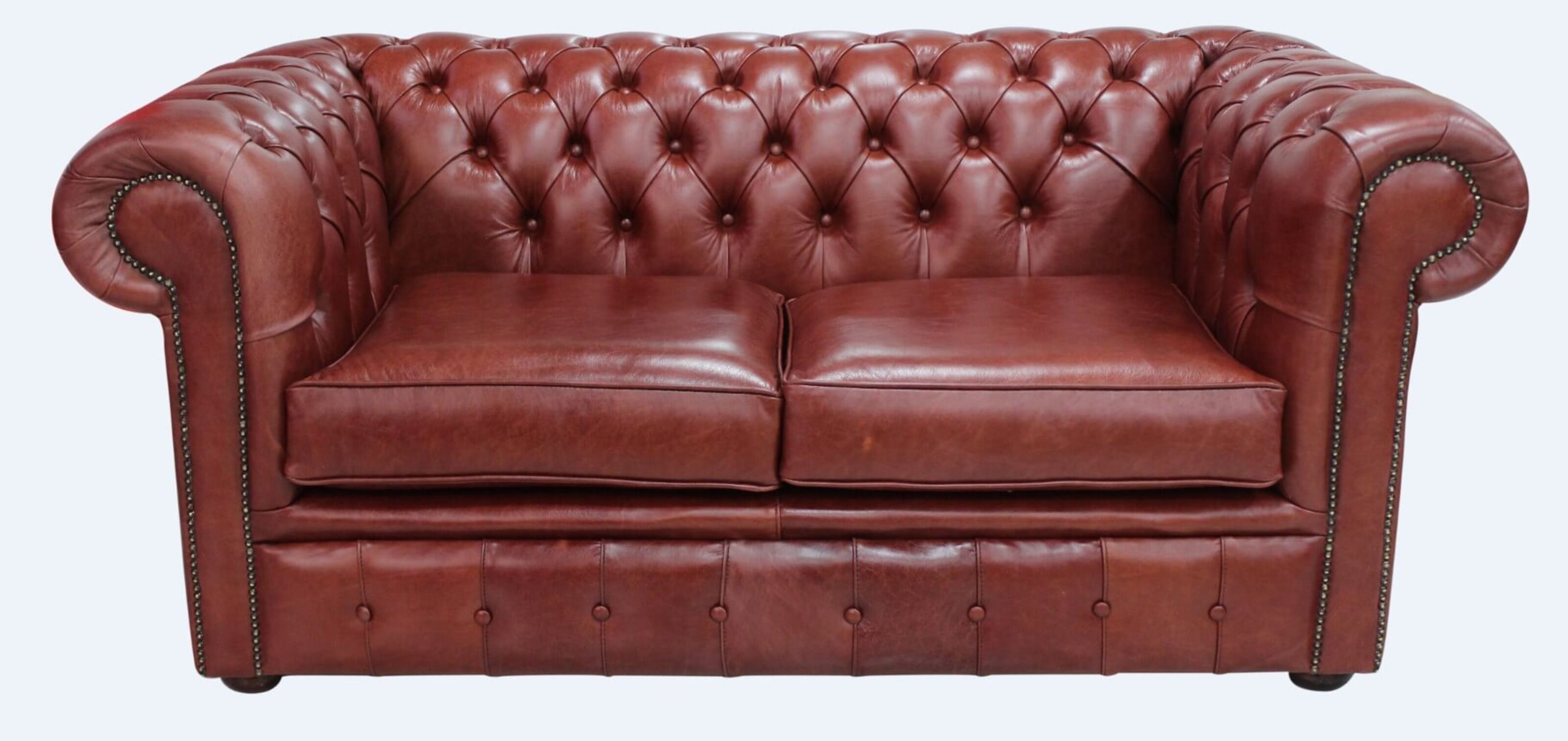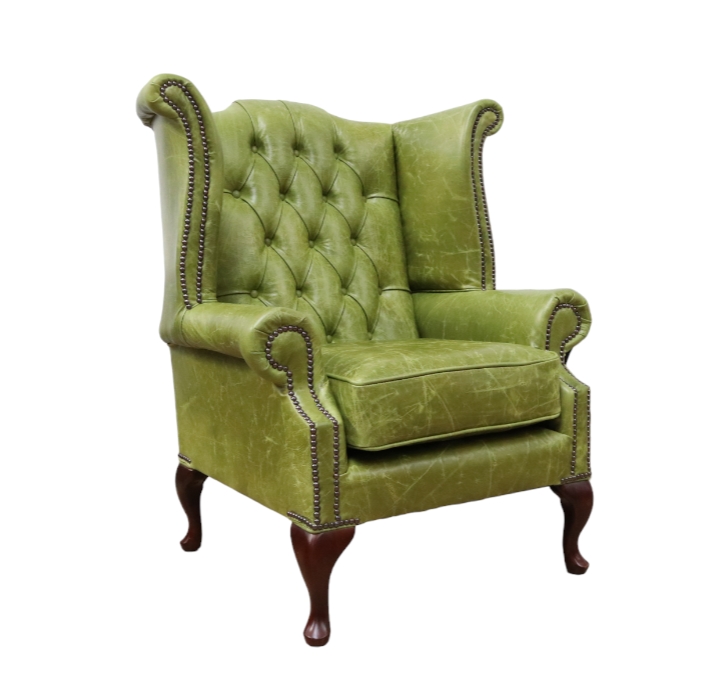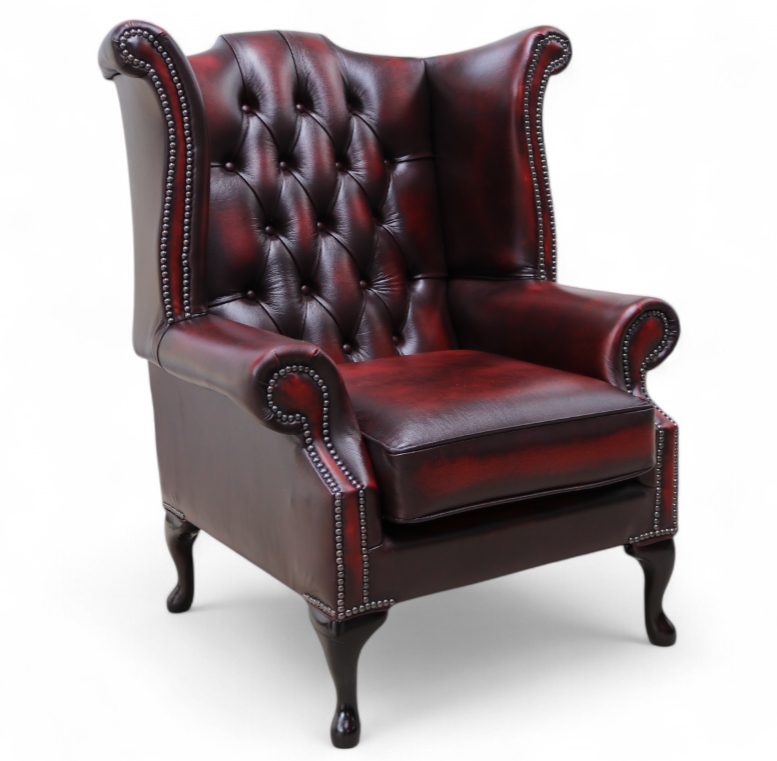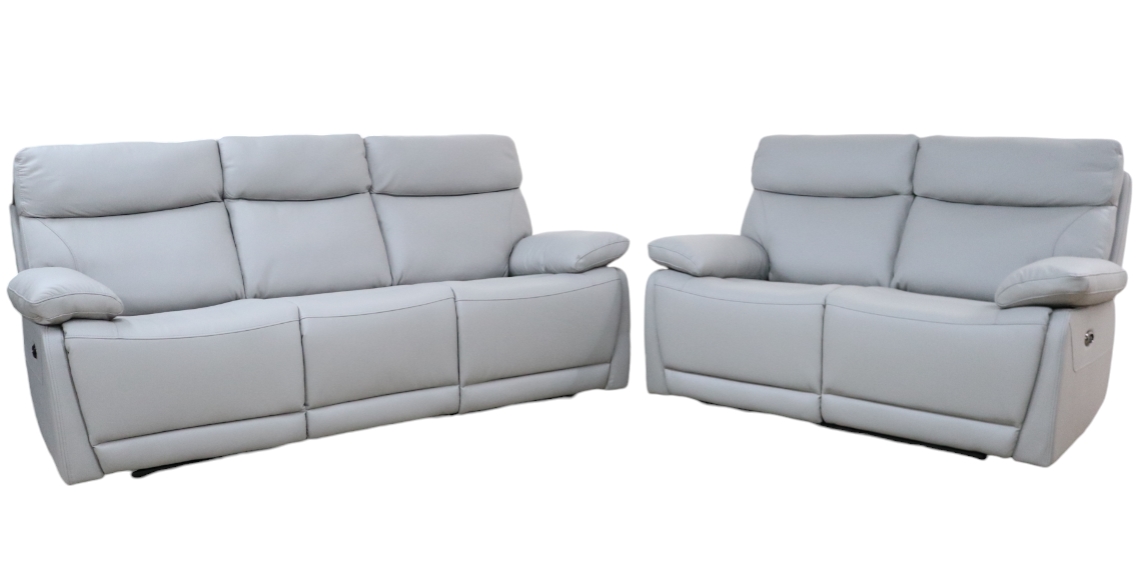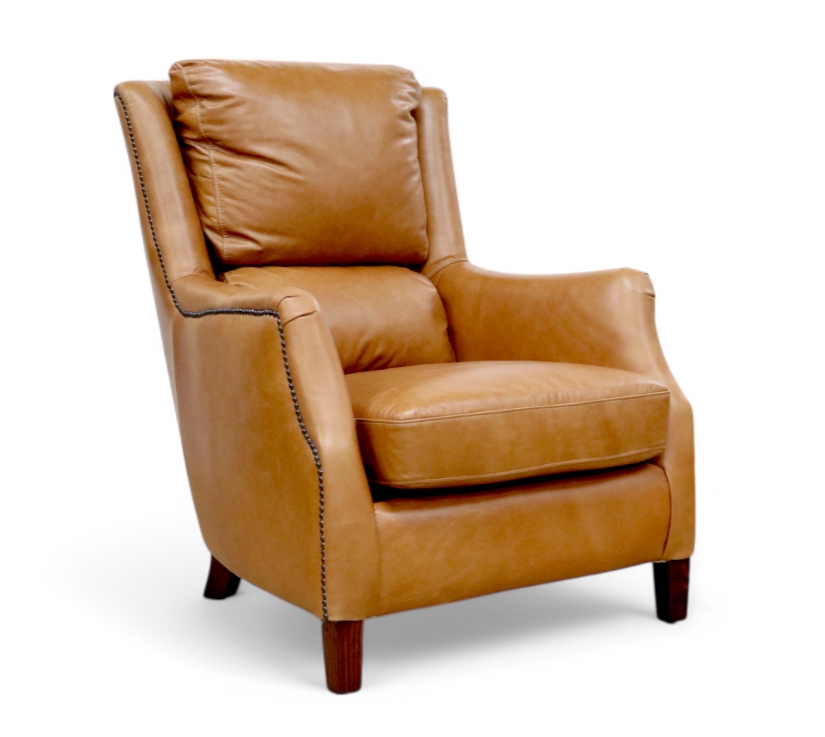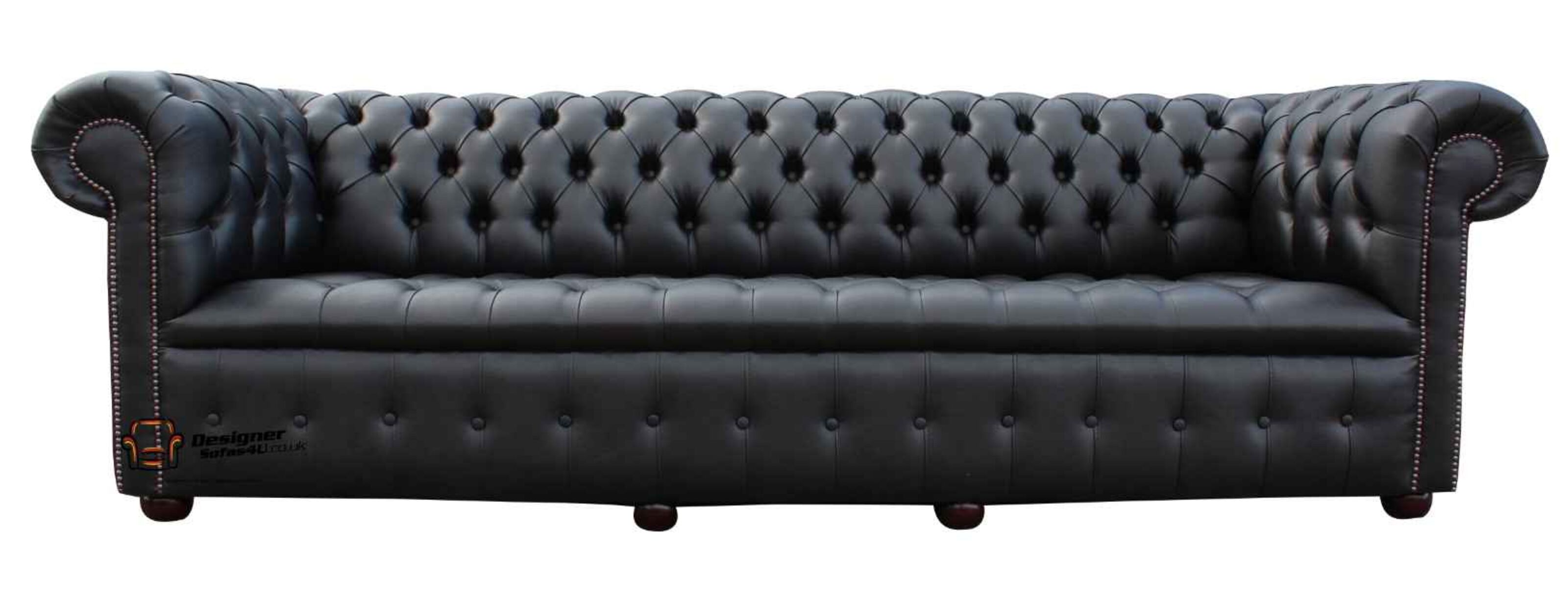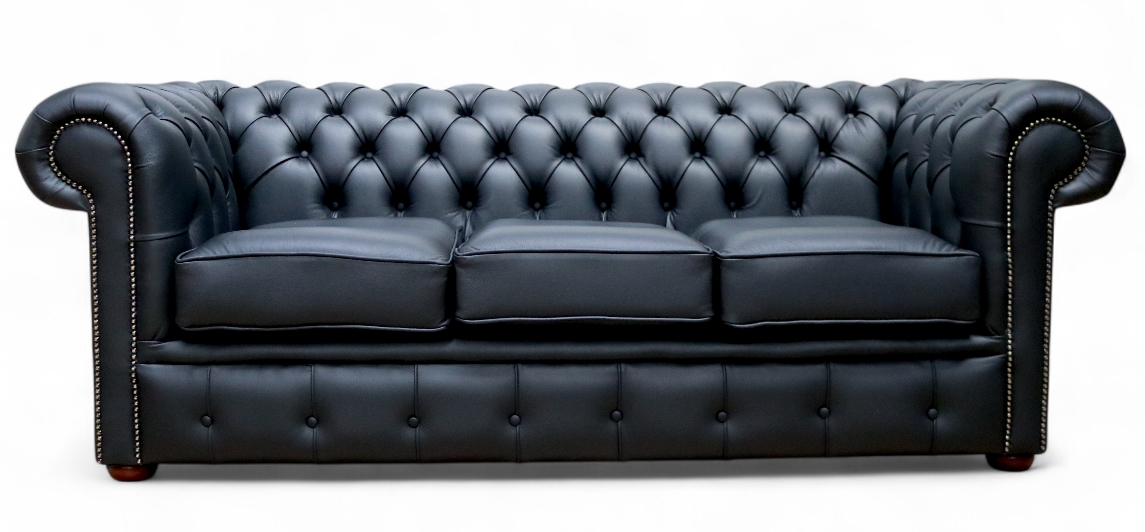Why does the price of Chesterfield Sofas vary?
We are constantly getting asked by our customers the same question Why are Chesterfields else were more or less expensive than others on the market?
We have over 20 years’ experience with making high quality Chesterfield Sofas and have hundreds of very satisfied customers across the globe and Chesterfields have come a long way over the last few decades in how they are made;
originally the Chesterfields of the late 17th Century were all handmade and took well over 2 days to make and up to the mid 1960’s horse hair was still being used and each frame was made by hand, with advancements during the 1960-80’s new methods coming commonplace in all forms of the crafts and machinery speed up the process and the use of serpentine or the “zigzag” spring reduced the costs whilst improving the quality of comfort. As well as this the common use of the staple gun as well greatly improved the quality of the craftsmanship.
At the turn of the century the Chesterfields became popular with Gentleman’s clubs and Military offices and became a design icon and quickly smaller companies each found their own niche and a clear distinction was visible between budget Chesterfields and the premium quality sofas.
Often to reduce costs the budget Chesterfields opted to use either Faux PU or Bonded leather which greatly reduced the price but also reduced the quality of the Chesterfields, all of our Chesterfields are hand made using only 100% genuine leather and a hardwood frame to ensure the upmost quality.
Today a proper Chesterfield costs around £700-£900 depending on the choice of leather or fabric that you want; you can get a cheaper sofa made from Faux Leather in the range of £500-£600 however the difference in the life span can be from 5-10 years.
This helpful guide will answer some of the most frequently asked questions about leather so that you can make a decision that is informed and just right for your home. Read on to find out more.
Where does leather come from?
Leather comes from the curing of animal skins, a technique known as tanning. The process creates a completely natural product that is both warm and durable. Each hide is highly individual, carrying all of the marks from its origin, including scratches, areas of differing fibre density, growth marks, and hair pore structure. It’s important to know that none of these characteristics affect the quality of the leather — they just go towards making each piece unique. The material can be used for a variety of purposes, including sofa upholstery.
How is upholstery leather made?
Upholstery leather is made through a specialist tanning process that has several stages. Before it arrives at the tannery, it is salted to ensure it is properly preserved. Once it arrives, it is bathed in chemicals that remove the skin’s hair follicles and cause it to swell to a thickness of 8mm.
After this, the leather is sliced into two layers through its thickness, a technique called splitting. The upper layer, which has the hardy, grained surface, is separated and used for furniture. This section is tanned with chemicals containing chromium, a process that has replaced traditional tanning with vegetable extracts and urine. Finally, it is dried to create the finished product. The lower layer is used to make something called split leather, which you can read about later in this guide.
Before it can be upholstered, the hide undergoes an inspection. Here, the larger and less scarred hides are identified and sent off to be used for full-grain leathers, while the others with more scarring are buffed to create corrected grains.
It’s also worth noting that tanneries only produce a standard quality of leather — it’s the finishing methods applied after tanning that determine the quality and price. Some retailers have a grading system for their leathers, which can be confusing for those who aren’t aware of this. These systems are only used to make the customer believe that the more expensive hides are of superior quality, which is not necessarily true.
Which types of leather are used for Chesterfield sofas?
There are several different types of leather that can be upholstered on a Chesterfield sofa. Depending on the surface coating that is applied, the leather will gain different characteristics. Let’s take a closer look at the three main kinds and what properties each of them offer.
Pigmented leather
+ Greater durability
– Less natural appearance
Pigmented leather is the type with the most consistent surface texture and durability, which it gains from a polymer surface coating that contains pigments. This surface coating lends the leather much greater resistance to soiling, scuffing, and fading. Thanks to flexible modern finishing methods, pigmented leather can be embossed, printed, or left plain for a variety of looks and textures.
Aniline leather
+ Preserves natural look
– Needs more care and attention
Aniline leather preserves the natural characteristics of the hide, leaving a more natural look. This type of leather is coloured solely with dye, and does not receive a polymer or pigment coating. Sometimes, a layer of non-pigment coating may be applied — this is usually to improve aesthetics or to protect from any spills or soiling.
With aniline leather, it’s only natural to expect some marking or variation in shading. It is also more likely to soak up liquids and is vulnerable to the effects of sunlight. This leather does need some extra care and attention to keep it in the best condition.
Semi-aniline leather
+ More natural appearance than pigmented
+ More durable than aniline
– Doesn’t have the full characteristics of either
Semi-aniline leather combines a more improved durability like pigmented leather, while still offering much of the natural appearance associated with aniline. Chesterfield sofa This is achieved by applying a low-pigment surface coating, which lends it more protection and more even colouring.
